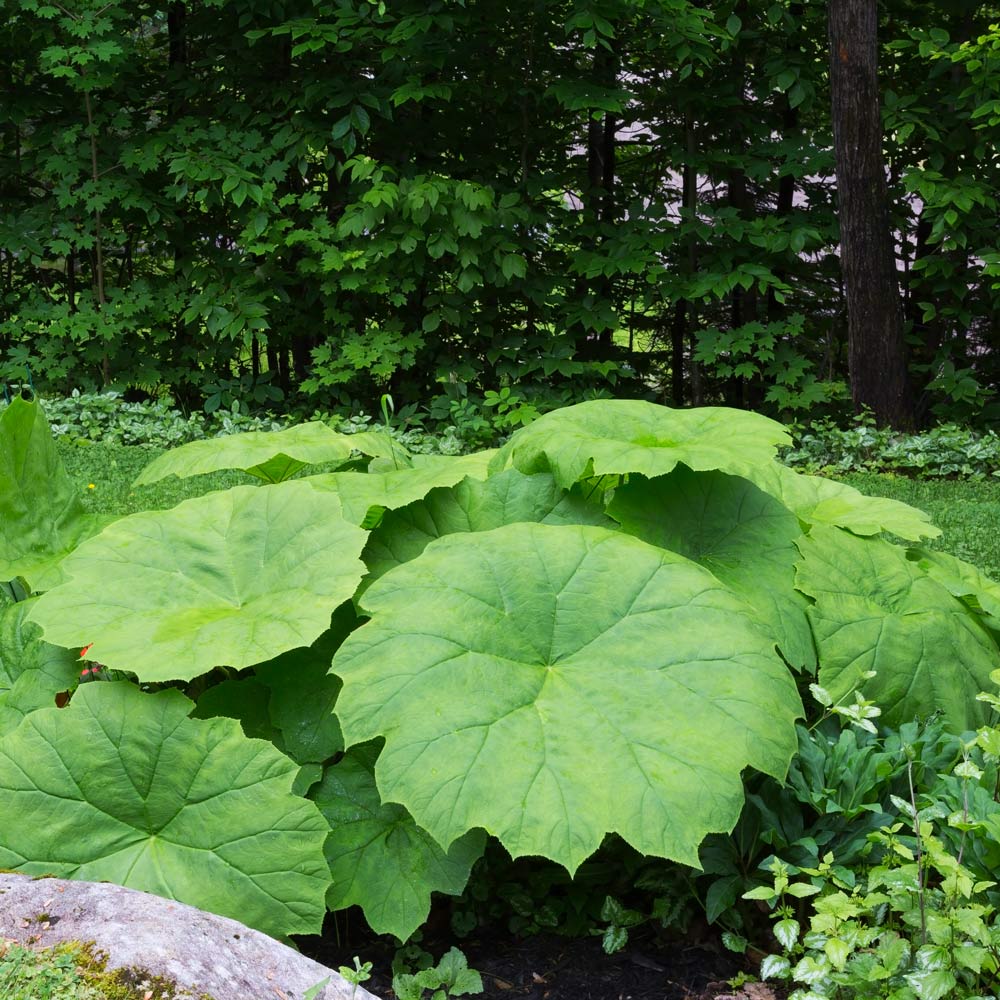Absolutely! Let’s craft a comprehensive 3000-word article about Astilboides tabularis, replacing “ tags with `
` and `
` headings for better organization.
Astilboides tabularis, a captivating perennial, stands as a testament to the beauty and architectural grandeur that foliage can bring to a garden. Often referred to as the Shieldleaf, this plant is renowned for its enormous, round leaves that create a dramatic focal point in any landscape. This article delves into the various aspects of Astilboides tabularis, from its botanical characteristics and cultivation to its landscape uses and potential challenges.

Astilboides tabularis belongs to the Saxifragaceae family. Its most distinctive feature is its large, peltate leaves, which can reach up to 3 feet in diameter. These leaves, with their scalloped edges and prominent veining, resemble miniature tabletops or shields, hence the plant’s common name.
Leaf Morphology
The leaves are a vibrant green, providing a lush, tropical appearance.
Floral Display

In late spring or early summer, Astilboides tabularis produces tall, feathery plumes of creamy white flowers.
Growth Habits
Astilboides tabularis forms a clump-forming habit, gradually expanding over time.
Successful cultivation of Astilboides tabularis hinges on providing the right growing conditions.
Optimal Growing Conditions
Shade: This plant prefers partial to full shade, as direct sunlight can scorch its leaves.
Planting and Propagation
Planting: Spring or autumn are the best times to plant Astilboides tabularis. Ensure the planting hole is wide enough to accommodate the root ball.
Maintenance
Watering: Regular watering is essential, especially during dry periods.
Astilboides tabularis is a versatile plant that can be used in various landscape settings.
Focal Point
Its large, dramatic leaves make it an excellent focal point in shaded gardens.
Companion Planting
It pairs well with other shade-loving plants, such as hostas, ferns, and astilbes.
Water Gardens
Its preference for moist soil makes it suitable for planting near ponds, streams, or other water features.
Shaded Borders
Astilboides tabularis can be used to add height and structure to shaded borders.
While Astilboides tabularis is relatively easy to grow, it can be susceptible to certain challenges.
Slugs and Snails
These pests can damage the leaves, especially young growth.
Leaf Scorch
In hot, dry conditions, the leaves may scorch or brown.
Wind Damage
The large leaves can be easily damaged by strong winds.
Diseases
While generally resistant, Astilboides tabularis can be susceptible to fungal diseases in overly wet conditions.
Astilboides tabularis has a rich botanical history. Formerly classified under the genus Rodgersia, it was later reclassified into its own monotypic genus, Astilboides, due to its unique characteristics.
Taxonomic History
The genus name “Astilboides” refers to its resemblance to Astilbe, particularly in its flower structure.
Ecological Role
In its native habitat, Astilboides tabularis plays a role in the ecosystem of moist woodlands.
Astilboides tabularis is a magnificent perennial that adds a touch of drama and elegance to shaded gardens. Its large, distinctive leaves and graceful flower plumes make it a valuable addition to any landscape. By providing the right growing conditions and care, gardeners can enjoy the beauty of this remarkable plant for many years to come.

